- M.A
- News
- 4498 views
- 2 comments
- historical
Twenty-five centuries ago, Cyrus the great gaited on Persia land and planted the seeds of unity, love, justice, respect, understanding, dedication, and wisdom. A man who could soften every human with his words, notwithstanding their nationality. Cyrus II sheltered humans from divisive thoughts and gathered them under one flag.
No one should underestimate the ability of someone to think so well and ahead of their time. Someone whom his ideas have influenced many thoughts from different nationalities and cultures, and his empire administration has been an idol to many rulers, dynasties, kings, and the most recent governments, leaders, and kingdoms.
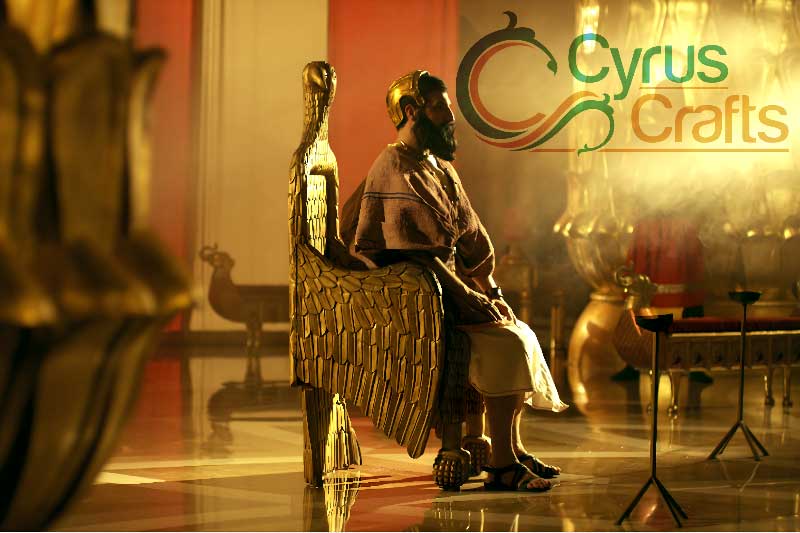
Some people are born to create, while others are born to follow. Here lies a man who was a creator and founder. "Human Rights" were founded by Cyrus King. His futuristic and innovative perspectives, humanitarian views, productive and non-destructive plans, and artistic and architectural methods have been emulated and imitated throughout history, even after millennia. He has set such high standards for humanity that no one has ever achieved them completely.
This article is our tribute to the owner of "Human Rights Cylinder" and "Father of Persia." Who was not only the founder of the first Persian Empire but also the source of Persian pride and honor.
Who Was Cyrus the Great?
The name Cyrus (Kourosh or Khorvash) in ancient Persian means similar to the sun. In the rest of this article, we will understand that Cyrus the Great, rose from the east like the sun, and his just rule illuminated the ancient world.
Cyrus the Great, or Cyrus II (d. 530 BCE), was the fourth king of Anshan and the first king of the Achaemenid Empire. The most powerful kingdoms of the time, including Media, Lydia, and Babylonia, were defeated by Cyrus in several military campaigns. By waging these campaigns, he united most of the Middle East under Persian hegemony, while preserving the local administration to a large extent. By guaranteeing some continuity and thus winning the elite's loyalty, he laid the foundations for the Achaemenid Empire.
Some historical documents consider Cyrus to be the grandson of the Median king, whose capital was the city of Hegmataneh or Hamadan.
Cyrus Crafts; Luxury & Unique Products
What Was The Cyrus Cylinder?
Undoubtedly, the Cyrus Cylinder is one of the most famous ancient icons still standing today. The Cylinder was discovered in Babylon in 1879 and inscribed in Babylonian cuneiform by Cyrus king after he conquered Babylon in 539 B.C. The Cylinder records the establishment of Persian rule, Cyrus' restoration of shrines, and the reunification of the deported peoples. In the Bible, it is recorded that the Jews returned to Jerusalem during this time to build the Second Temple.
The Cyrus cylinder reflects a long tradition in Mesopotamia where, as early as the third millennium B.C.E., kings such as Urukagina began their reigns with declarations of reforms. Cyrus' cylinder is widely regarded as the first charter of human rights in modern times. A translation and publication of it into all the United Nations' official languages were made in 1971. The cylinder decrees the typical themes of Persian rule:
- Religious tolerance
- Abolishment of slavery
- Freedom of choice of profession
- Expansion of the empire
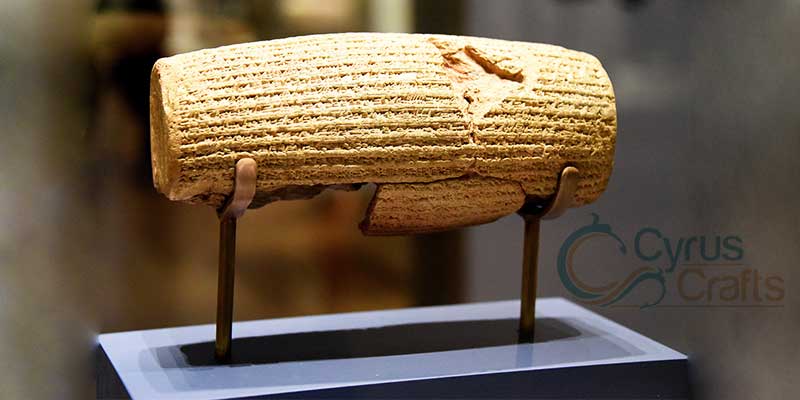
Cyrus in The Bible
This Persian king has always been well mentioned in the Bible, and the Bible considers him a great and influential person in the human society of that period. We draw your attention to one of the sections in which the name and reputation of Cyrus the Great are mentioned in the Bible:
Cyrus’s decree releasing the Jewish people, in fulfillment of prophecy, is recorded in 2 Chronicles 36:22–23: "Now in the first year of Cyrus king of Persia, that the word of the LORD by the mouth of Jeremiah might be fulfilled, the LORD stirred up the spirit of Cyrus king of Persia, so that he made a proclamation throughout all his kingdom and also put it in writing: "Thus says Cyrus king of Persia, "The LORD, the God of heaven, has given me all the kingdoms of the earth, and he has charged me to build him a house at Jerusalem, which is in Judah. Whoever is among you of all his people, may the LORD his God be with him. Let him go up."" Ezra and Daniel are other Old Testament books that mention Cyrus king."
Tomb of Cyrus the Great
In Pasargadae, Cyrus the Great's tomb is the most famous monument. A great king was buried here after he passed away in summer 530. Literary sources state that Alexander the Great restored the tomb two centuries later, but archaeologists have found no traces of repairs.
According to legend, Alexander the Great had Cyrus' tomb renovated when he conquered Pasargadae in 330 BC. This tomb, however, has never been definitively proven to be the tomb of the great Persian king. In fact, it was thought at one point to have been the tomb of the mother of the prophet Sulaiman, accounting for various additions such as its carved mihrab, added in the 1970s.
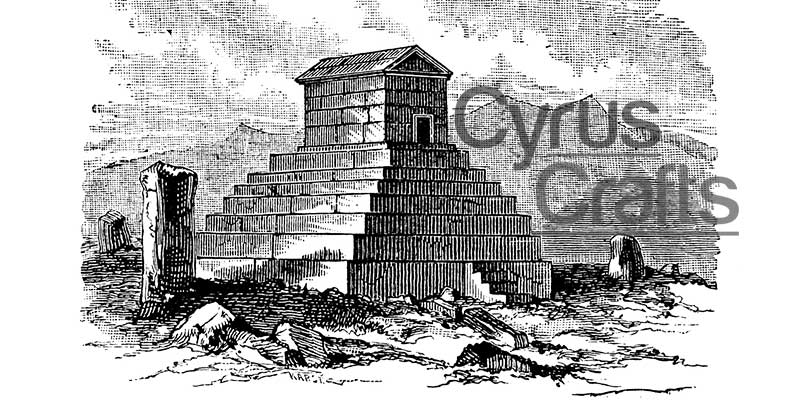
The monument as a whole measure about 13¾ x 12¼ meters and is about eleven meters high. It resembles a Mesopotamian ziggurat from the lower part, which is about five meters high. There are also parallels with the monuments at Urartu, which Cyrus had conquered in 547, and a similar tomb at Çavustepe.
If you would like to know more about the historical places related to the Achaemenid period and architecture and the story related to each of these places, we invite you to read the Persepolis and Xerxes articles.
Cyrus II Accomplishments
As the founder of the Persian Empire, Cyrus the Great is remembered for many achievements. Cyrus established the Persian Empire. The first leader of the Iranian people to unite the nation was him. A vast Persian Empire stretched from present-day Iran (Persia) across modern-day Turkey (Anatolia). The loyalty and skill of Cyrus of Persia were rewarded. Other accomplishments are listed below:
- Built up a strong army.
- Established one of the first human rights declarations (Cyrus Cylinder)
- Developed royal roads and canals to expand his empire.
- Protected religious freedom.
- Ended Babylonian captivity and allowed the Jewish people to return to Israel.
- Appointed satraps, or governors, to help rule his empire.
- Built up a strong army.
- Established a postal system that allowed Cyrus to send and receive administrative communications.
- Establishing royal roads throughout his empire was vital to effective communication.
One of Cyrus's many conquests was the kingdom of Lydia in Asia Minor. There were few rulers as rich as Croesus among the ancients. Electrum, an alloy of gold and silver, was abundant in his realm, which he used to produce coins — a practice that originated in Lydia and Greece a century before Croesus took power around 560 B.C. His wealth made him the subject of legend.
Why is Cyrus II called "Cyrus the Great"?
The most historical sources for knowing Cyrus are Greek and non-Iranian sources. Various tribes and nations have remembered Cyrus as a good Person. Historical sources about lesser kings have such conditions, the sources whose authors had different values and attitudes! Cyrus did not claim to be "great" himself, nor did the people around him or the Iranians of his time call him "great." The adjective "great" was not given to him by the Persian government. The people of the present time have not given him such a title either.
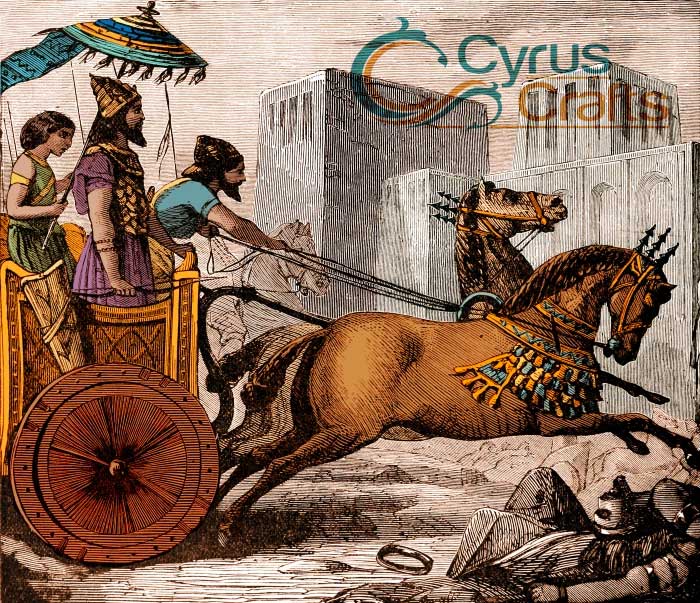
It was the foreigners, and especially the Greeks, who respected him. The fact that Cyrus' actions, words, and ideas were such that even the Greeks who were enemies of the Persian empire admitted his greatness, that he was called "great" by the people he freed or by his enemy, is the reason for Cyrus' greatness. The fact that he and those around him did not attribute such a quality to him and that he did not suffer from "self-arrogance" and was called this by others is one of the reasons for the longevity and brilliance of Cyrus king in the world's history. Cyrus is great because history has given him this greatness, and history itself has witnessed this greatness.
International Day Of Cyrus the Great
On the 29th of October 1199, equal to 539 BC, Cyrus king entered Babylon on this day. The people of Babylon thought that under the rule of Cyrus the Great, they would be faced with looting, killing, and encroachment on their lives, women and children, and then they would be ruled by a tyrannical ruler. Still, Cyrus king and his soldiers not only did not do that, but he ordered freedom and equalized.
This date, October 29, was named the International Day of Cyrus the Great on this occasion and in honor of this character.
How Did Cyrus the Great Die?
Cyrus king reportedly died during a battle northeast of the Tigris River in 529 BCE. A nomadic group known as the Massagetae is believed to have killed him. Many cities were built during Cyrus' lifetime, and his Persian Empire expanded significantly.
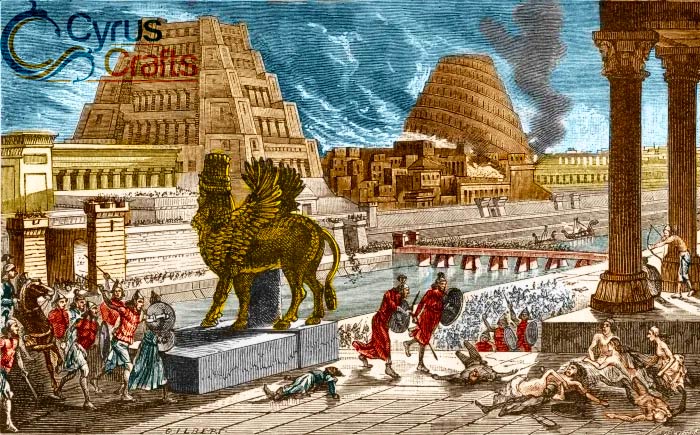
We hope that reading this article was enjoyable and useful for you. We at CyrusCrafts team, with the support of Cyrus's great name and the aim of developing the legacy of Cyrus in other countries, have sold all kinds of exquisite Persian rugs and Persian handicrafts. You can find out about the list of products, discounts, and our latest articles by referring to the above menu.









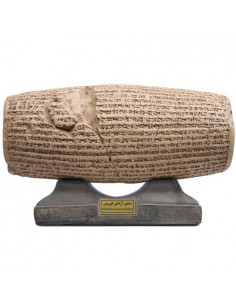

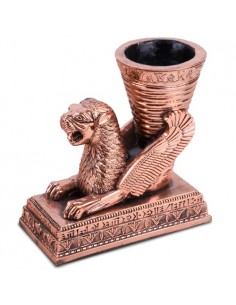

Comments (2)